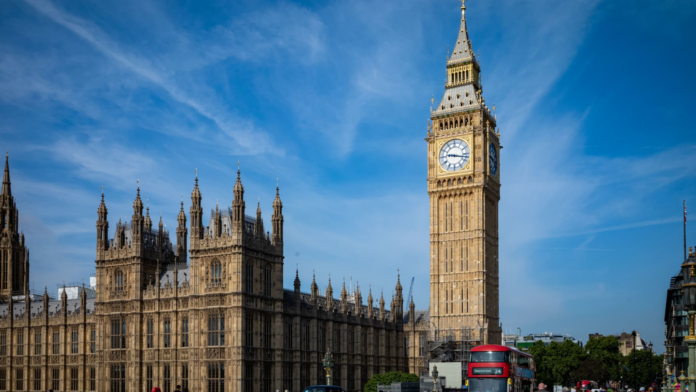watch now
The march higher in U.K. government bond yields since the launch of the Labour government’s debut budget plan in October sparked widespread concern last week, as borrowing costs rose to breach numerous decade highs. The prospect of public spending cuts or further tax rises came into focus last week, as 30-year gilt yields hit their highest level since 1998. Despite initially falling after Labour’s election victory in July, 2-year gilt yields have also climbed back above 4.5%, while the 10-year yield reached levels not seen since 2008. Waning investor confidence in the U.K. was particularly highlighted by a concurrent fall in sterling, which on Friday hit its lowest level against the U.S. dollar since November 2023.
Loading chart…
Borrowing costs are also rising in the euro area and the U.S., and economists point out that the U.K. is being weighed on by external factors including the return of Donald Trump to the White House and expectations for broadly higher interest rates than previously expected this year. But the surge in U.K. yields is nonetheless a major headache for the U.K. government, which has pledged to reboot economic growth while ensuring debt declines as a share of the economy within five years. U.K. public sector net debt currently stands at nearly 100% of GDP.




